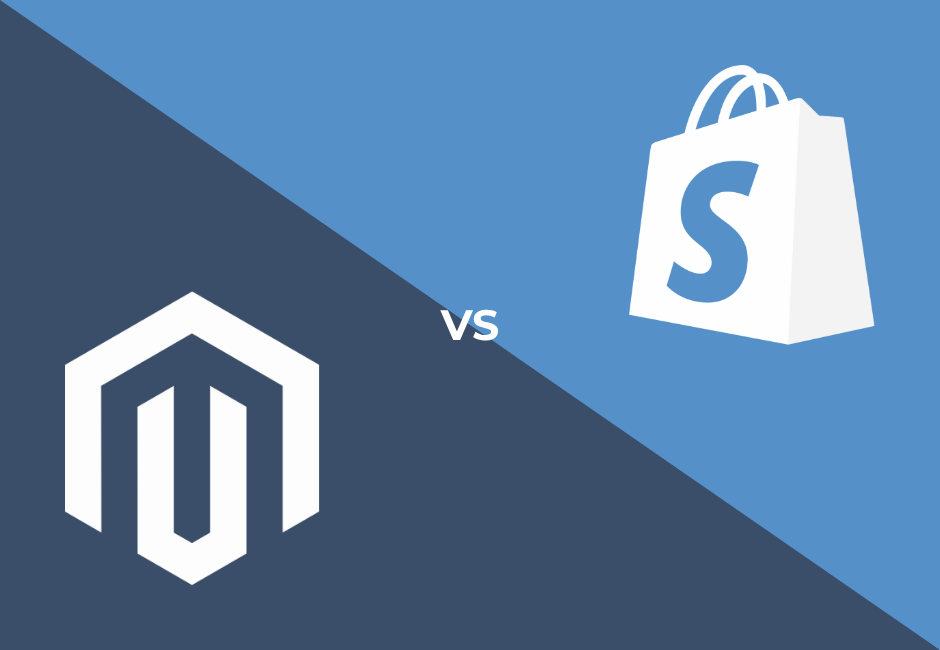It’s no surprise that the past two years have seen an incredible surge of online activity as online retailers saw a 32% increase in 2020 and almost 40% in Q1 2021. Small businesses were forced to quickly adapt to new conditions as traditional marketing efforts (billboards, trade shows, fairs, etc.) were rendered useless for 6+ months. Smaller eCommerce shops that were prepared capitalized on growth opportunities while many were playing catch up. There are different approaches to build an online business, but organic social is one of the most accessible, regardless of budget and business size.Here are several social media strategies:
1. Thought Leadership
This approach is very focused on a putting out content directly related to trends in your specific industry. You get the opportunity to become a prominent voice in your vertical by putting out opinions and thought pieces surrounding how your business functions, new developments in technology or techniques, and even rising competitors.The best thing about working towards being a thought leader in your space is that you can leverage existing enthusiasm and passion in your business to garner online followers. This strategy has an incredibly low barrier to entry; starting only takes a cell phone with video capabilities and a little bit of time.Videos and long form blogs are the best medium for this, as the content focuses on opinion pieces. Some may not be suited for being in front of the camera or writing so play to your strengths accordingly. Scaling this strategy as you grow is straightforward as well. Progression can start with 2-minute cell phone videos and move towards a large-scale podcast with steps in between. The best platforms to get started would be posting this content to YouTube, Facebook Videos, Instagram TV and web blogs.It may be more difficult for some if their business revolves around a topic they are unfamiliar with or are new to. If you are excited and ready to put yourself in front of the camera, the “vlogger” approach may be more relevant for you.
2. Vlogging/Slice of Life
If you are not ready to put opinions out there but want to be the face of your business, vlogging can be ideal. This strategy focuses on putting out content that shows how your business is going and the exciting moments “behind the scenes”. Followers can be extremely enticed with how small business owners manage the ups and downs of working towards success and this can make it very easy for people to buy into you alongside your product/service. Building followers and a larger brand can happen quickly if audiences feel like they can be fans of you as the business owner first and your offering second. Your business can still get the benefit of sales while building more lifelong fans over time.Like the “Thought Leadership” strategy, this is simple to do with a smart phone. The main difference here is that with vlogging or slice of life, you are showcasing business processes rather than discussions on trends. Here are a few quick examples:
- You own a coffee ecommerce store. A short video on how roasting your new flavor is going would work.
- Your business is looking to open a storefront and you are looking at store spaces. Showcase the different locations and talk about which ones you are excited about.
The low effort behind small clips/videos makes this one of the most approachable strategies. It hardly disrupts your everyday process; the only difference is the occasional documentation. Difficulty usually comes with consistency (or lack thereof). Many can start this strategy but continuing to do this without a large lapse can be difficult to keep up with.Ideally, posting a few pieces of content (even 5-10 second clips) every day would help build up an audience over time. Instagram Stories/ Instagram Reels, Snapchat, and TikTok would be great for deployment.
3. Influencer/Affiliates
If you are a little shy about the camera, leveraging influencers to get the word out there can be a better route. This would focus on working with influencers/marketing affiliates of all sizes to grow the brand. Influencers have already done the hard work of building up an audience through their own time and effort, leverage this by having them promote your service/product.The huge benefit of this strategy is the flexibility. Influencers exist on every social media platform and they come in all shapes and sizes. There is a very high chance you would be able to the right person to work with that fits your business size and needs. Niches exist across the internet and influencer audiences can range from extremely broad (fitness, travel, fashion) to hyper targeted (vintage star wars toys and collectible playing cards). Searching relevant hashtags on different social media platforms is the best way to find relevant affiliates to work with. If you can’t find your niche, become the influencer you need; see strategies 1 and 2.Audience size is important and can change your approach to getting influencers to work with you. The larger the influencer, the greater the impact can be for the business, but this usually comes with a price tag that ramps up aggressively outside of the micro-influencer range.
- Nano Influencers (1k – 5k followers)
- Micro Influencers (5k – 50k followers)
- Mid-Tier Influencers (50k – 500k followers)
- Macro Influencers (500k – 1M followers)
- Mega Influencers (1M+ followers)
If you have the budget, paying an influencer is straightforward by negotiating with them directly (or their agent, depending on their size) and having them post/promote. If you are balling on a budget, offering your products/services as collateral is your next best route. This works best with folks under 10k followers but does take time to develop the right relationships. You may even be able to get promotion for free by offering to promote that influencer on your own social media accounts, but this is rare and only happens if you have platforms with more followers.For those starting small, building a long-term relationship with small, relatively new influencers can be effective over time. For any nano-influencer willing to work with you, develop a normal cadence of promotion (biweekly or monthly). As you both grow over time, you will get the added benefit of leveraging your existing relationship for larger content pieces from them at a discount as you have supported them for an extended period.All these strategies can work, but always work towards whatever is best for your individual situation. Are you interested in finding out how these can be applied to your specific situation? Reach out to the 20North team here for a free consultation of your current social media strategies.
By Devon Adams




